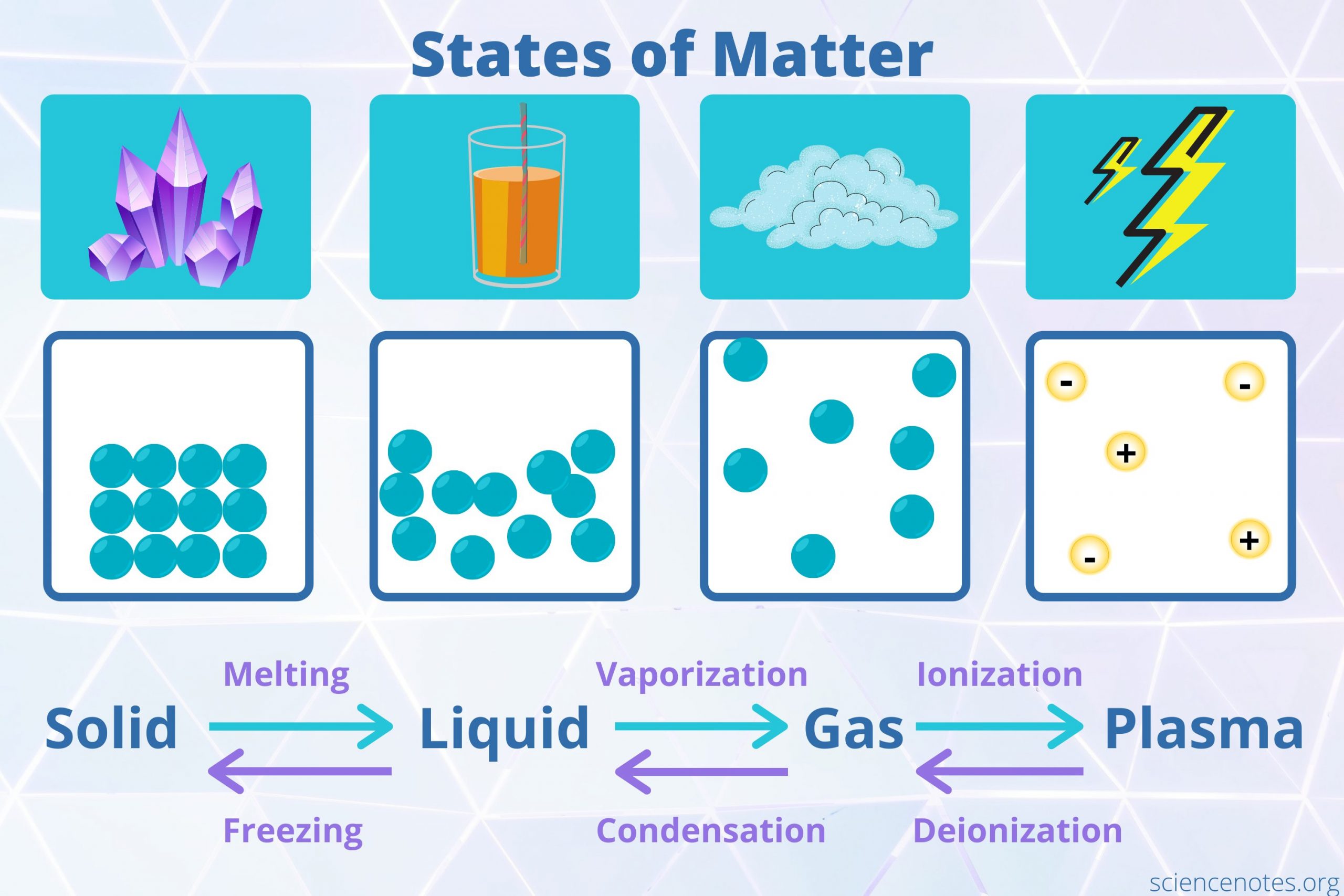The exploration of matter wave amplification is a fascinating field that bridges quantum mechanics and practical applications, leading to intriguing questions about the very nature of reality itself. As we delve into the implications of enhancing atomic wave functions, one might ask: if we could make atoms ‘louder,’ what new phenomena could emerge from such amplification? This question not only captures the essence of the investigation but also illustrates the inherent challenges scientists face in this frontier.
Matter is fundamentally composed of atoms, which exhibit both particle-like and wave-like properties as described by quantum mechanics. The duality of matter manifests in the ability of particles, such as electrons and atoms, to exist not just as discrete entities but also as waves. The concept of matter waves arises from the de Broglie hypothesis, suggesting that every moving particle has an associated wave that governs its behavior. Amplifying these wave functions opens a conduit to new realms of understanding, but it also invites complexity into a domain already filled with paradox and uncertainty.
The phenomenon of matter wave amplification can be conceptualized through the lens of Bose-Einstein Condensates (BECs). At extremely low temperatures, a group of atoms can occupy the same quantum state, resulting in collective behaviors that are typically imperceptible at higher temperatures. Here, the amplification of atomic matter waves can lead to increased coherence among particles. Such an enhancement not only augments the visibility of quantum phenomena but also enables experimental manipulation with unprecedented precision. As atomic wave functions become more pronounced, the challenge lies in maintaining stability within the system while avoiding decoherence, which is responsible for the loss of quantum information.
Erasing decoherence could be likened to keeping a fragile bubble from bursting. One potential solution lies in employing external fields, such as electromagnetic or optical traps, allowing researchers to shape the environment in which these quantum states evolve. By controlling these external parameters, it is possible to enhance specific wave properties while suppressing disruptive interactions. Moreover, utilizing a combination of laser cooling and coherent manipulation can yield a robust framework for studying amplified matter waves. These explorations could lead to new insights into quantum supremacy and information processing at atomic scales.
As we venture deeper into matter wave amplification, it becomes essential to discuss the implications on metrology and precision measurement. Enhanced atomic wave functions promise advancements in technologies such as atomic clocks and quantum sensors. The legitimacy of timekeeping is pivotal in various scientific domains; minute discrepancies can lead to significant operational challenges, particularly in GPS technology and telecommunications. By amplifying matter waves, scientists may develop clocks that are not only more accurate but also more stable over extended periods. These advancements could revolutionize how we perceive time and its applications in the quantum realm.
However, a potential challenge arises: the inherent fragility of the quantum states being manipulated. While the amplification of matter waves can propel scientific achievements, it also makes them susceptible to disturbances. The mere act of observation can lead to wave function collapse, a fundamental concept in quantum mechanics that signifies the transition from a superposition of states to a single observable state. This phenomenon invites further investigation into the relationship between measurement and quantum states and raises questions about the observer’s role in quantum mechanics. If atoms can be made louder, could they also become more chaotic?
To address these uncertainties, researchers must adopt innovative approaches that extend beyond classical physics’ confines. The marriage of quantum mechanics and information theory paves the way for breakthroughs in computational methodologies. Quantum simulations can bridge the gap between theory and experimental realizations of matter wave amplification, offering a platform for testing hypotheses about atomic behavior under external manipulations. These simulations serve as both a predictive tool and a means to explore the implications of amplified atomic wave phenomena, thus pushing the boundaries of current scientific knowledge.
Furthermore, interdisciplinary collaborations can fortify the advancements in matter wave amplification. The confluence of physicists, chemists, and engineers enriches the exploration of quantum coherence and amplification strategies. Each discipline brings its own perspective to the table, enabling a more comprehensive understanding of the challenges and possibilities inherent in this domain. As scientists continue to investigate the properties and behaviors of amplified matter waves, they must remain vigilant about manipulating these states without eroding their quantum integrity.
As we stand at the precipice of discovering what it means for atoms to become ‘louder,’ we must contemplate whether such capabilities would culminate in groundbreaking technology or unforeseen difficulties. Could making atoms resonate in unison reveal new states of matter or phenomena that challenge our current paradigms? Indeed, the intersection of matter wave amplification and practical applications heralds an era ripe with potential for scientific exploration. Yet, inherent challenges persist that warrant careful consideration and innovative strategies.
In conclusion, the fascinating concept of matter wave amplification invites us to expand our understanding of atomic behavior and its consequential impacts on technology and fundamental physics. As we journey through these intricate complexities, we approach a defining moment that could reshape our interactions with the quantum world. Thus, the playful inquiry into whether atoms can be made louder becomes more than a mere thought experiment—it becomes a catalyst for profound scientific discourse and exploration.












